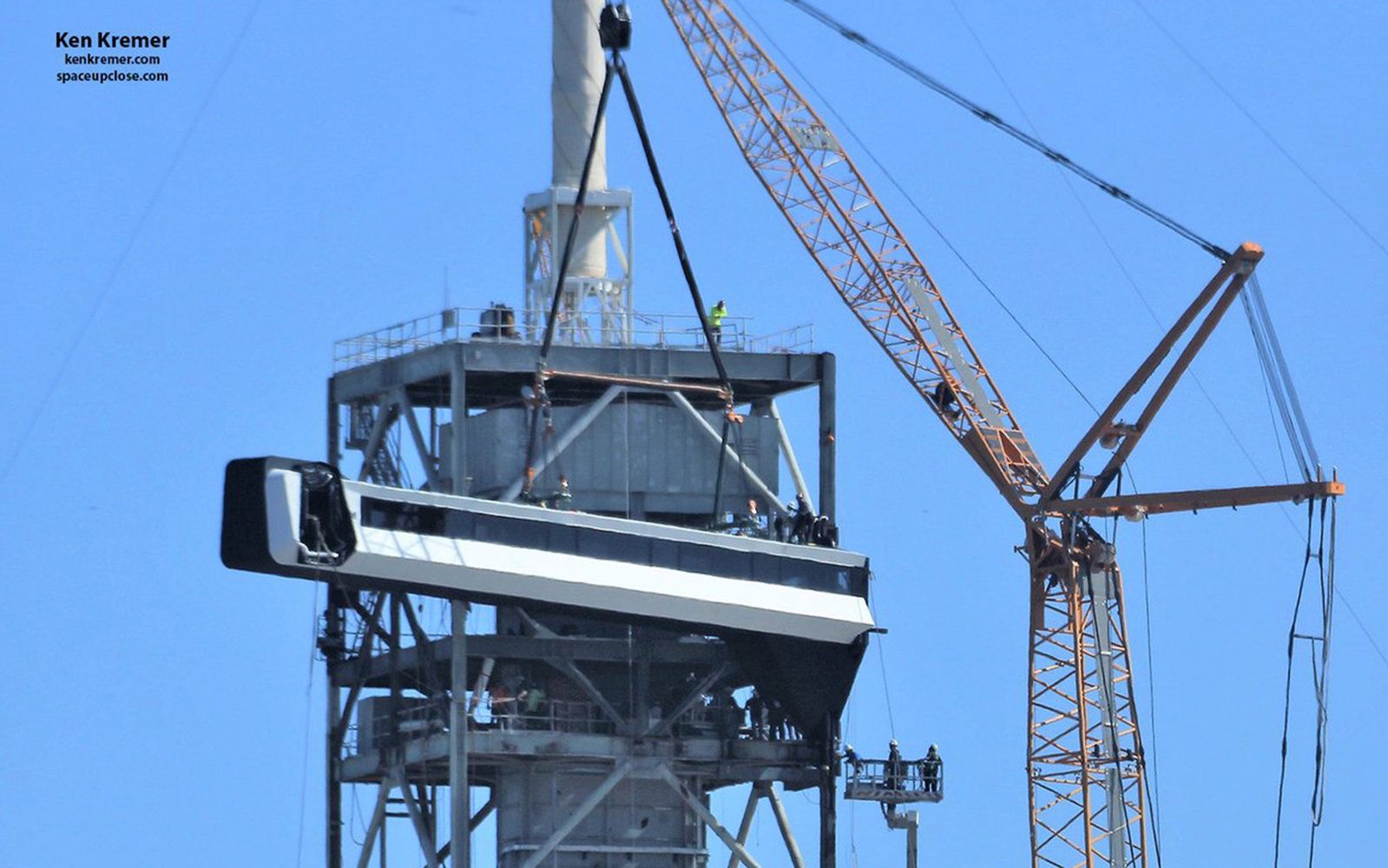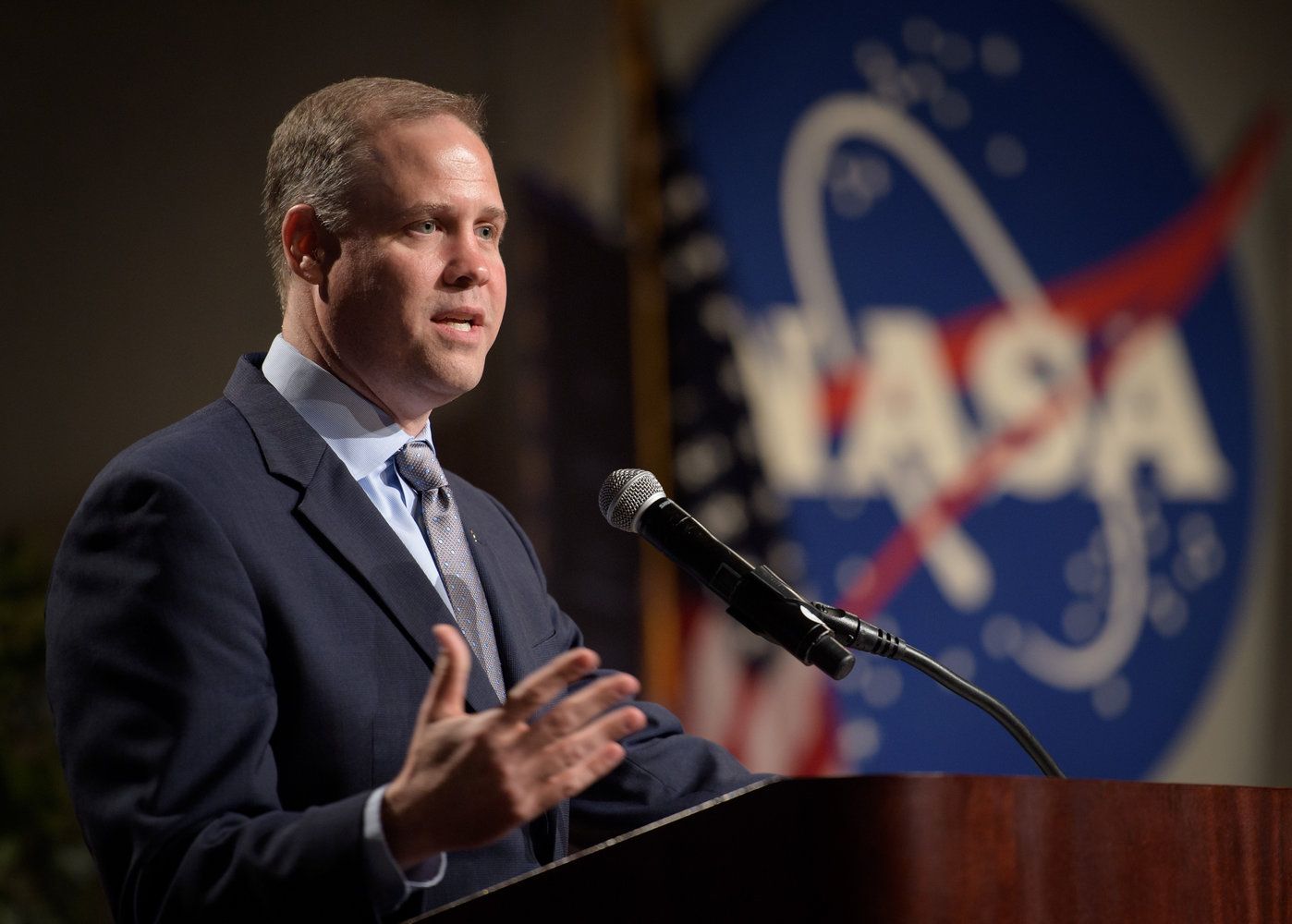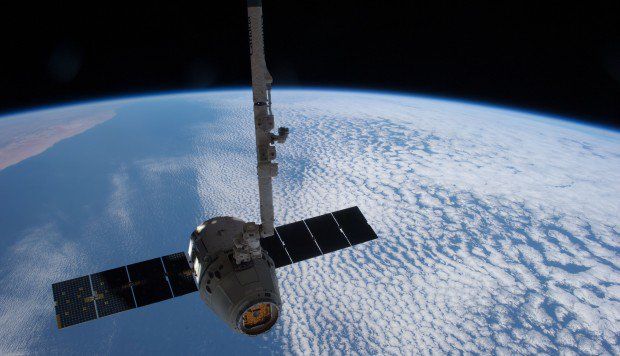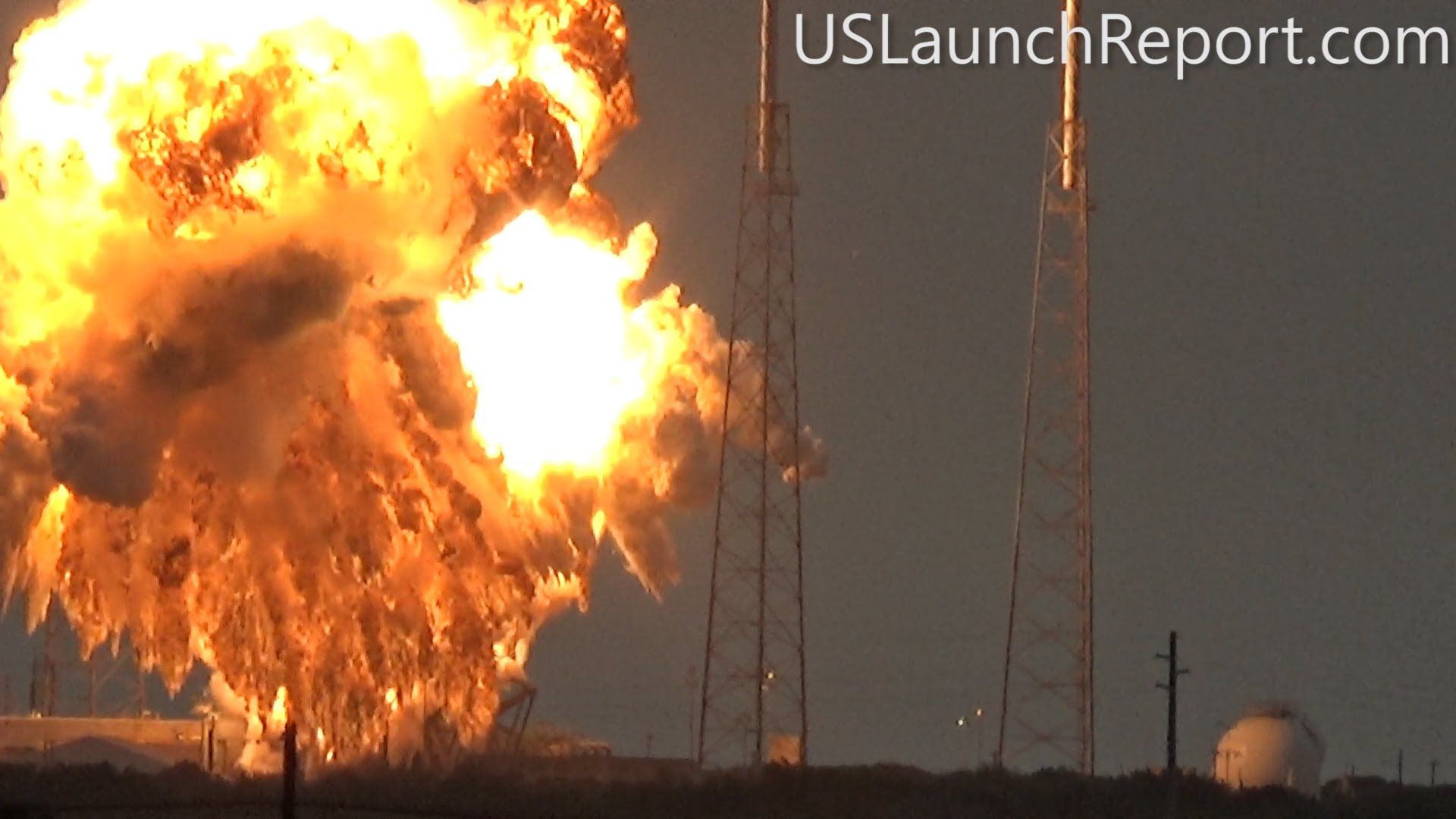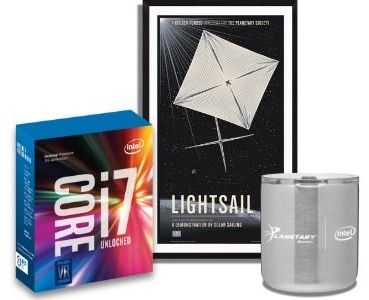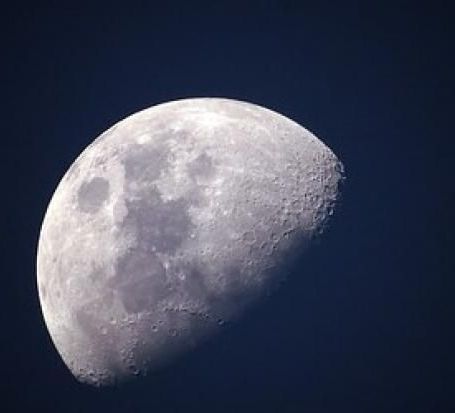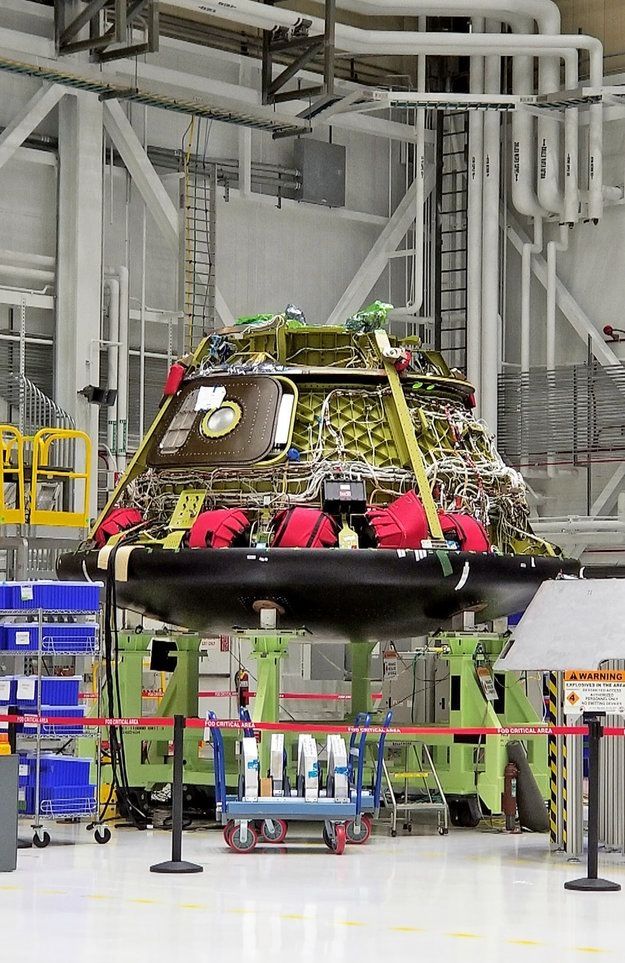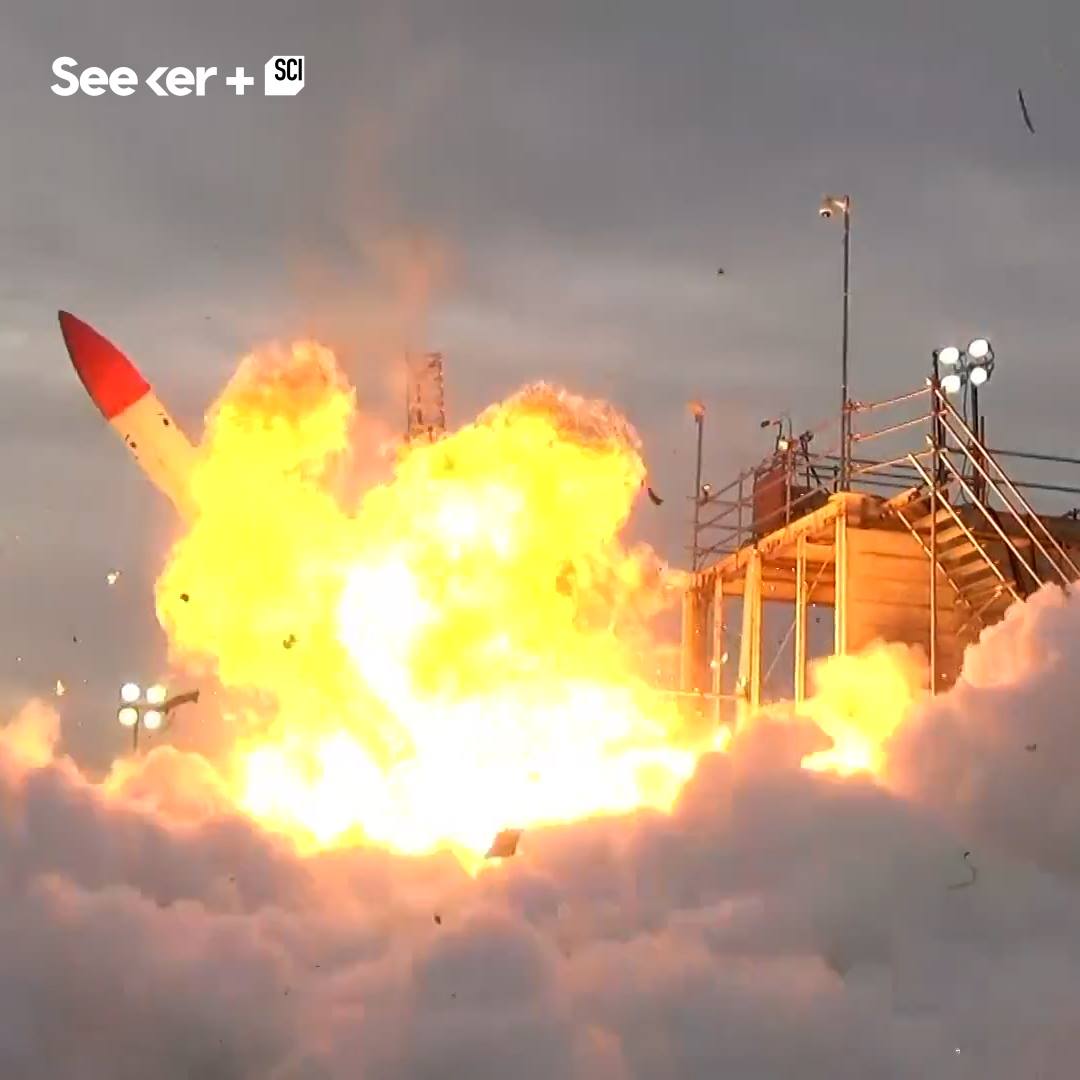Aug 24, 2018
SpaceX’s New Astronaut Walkway Represents a Step Toward Crewed Flight
Posted by Genevieve Klien in category: space travel
SpaceX is another step closer to crewed flight.
On Monday (Aug. 20), the private spaceflight company installed an astronaut walkway at Launch Pad 39A at NASA’s Kennedy Space Center (KSC) in Florida, the jumping-off point for SpaceX’s new Crew Dragon spaceship.
The walkway is like the jetways that connect airport lounges and airliners. Astronauts will use the walkway to get from Pad 39A’s tower to Crew Dragon, which will sit atop SpaceX’s 230-foot-tall (70 meters) Falcon 9 rocket. [Photos: Behind-the-Scenes Look at SpaceX’s Crew Dragon Spaceship].
Continue reading “SpaceX’s New Astronaut Walkway Represents a Step Toward Crewed Flight” »
